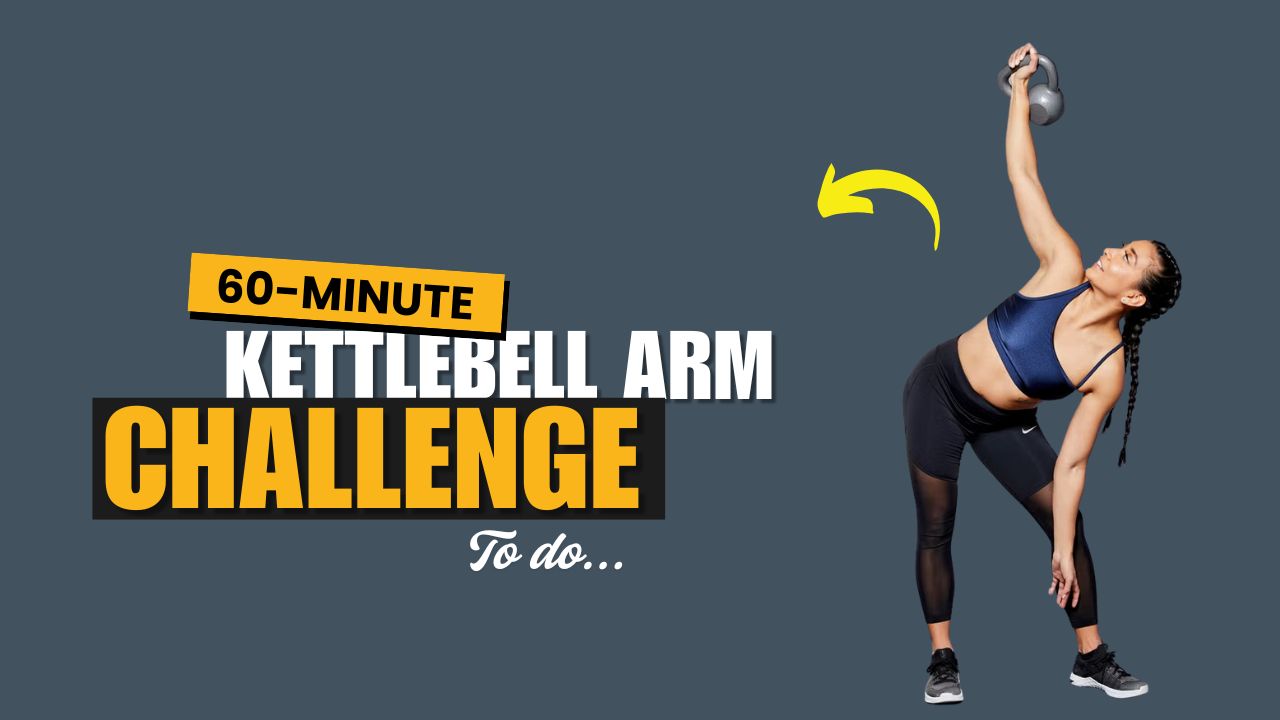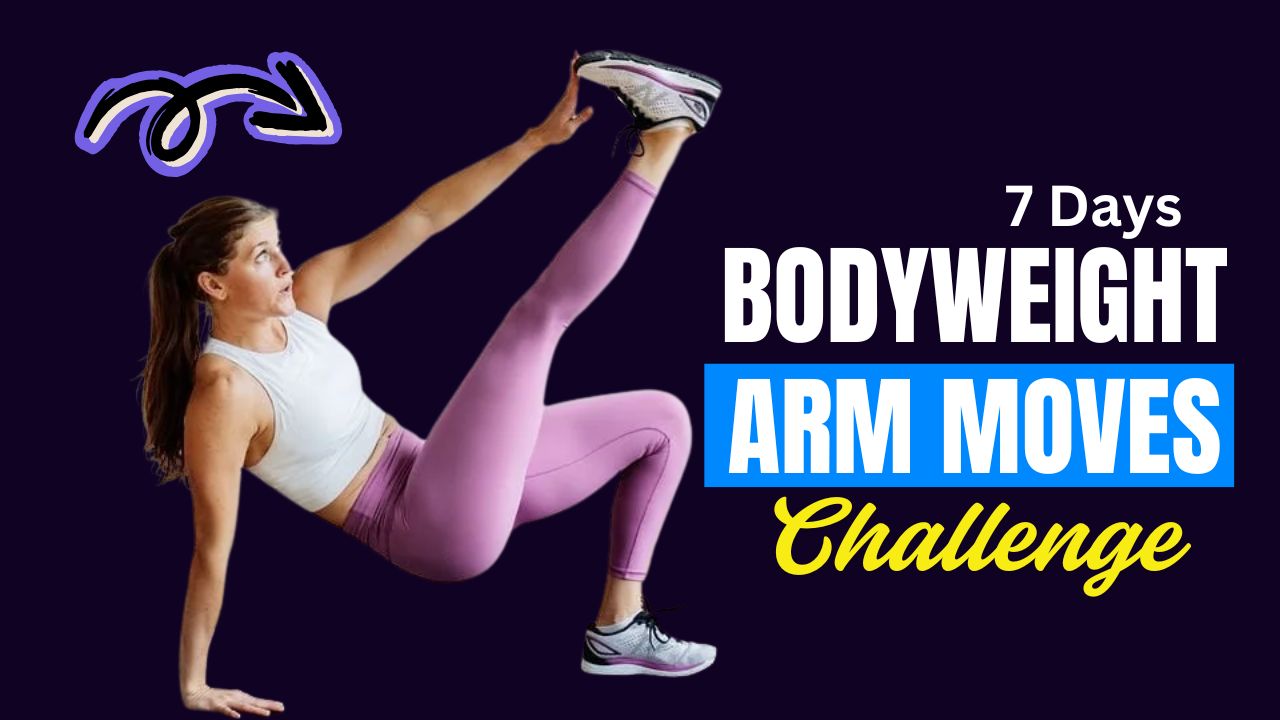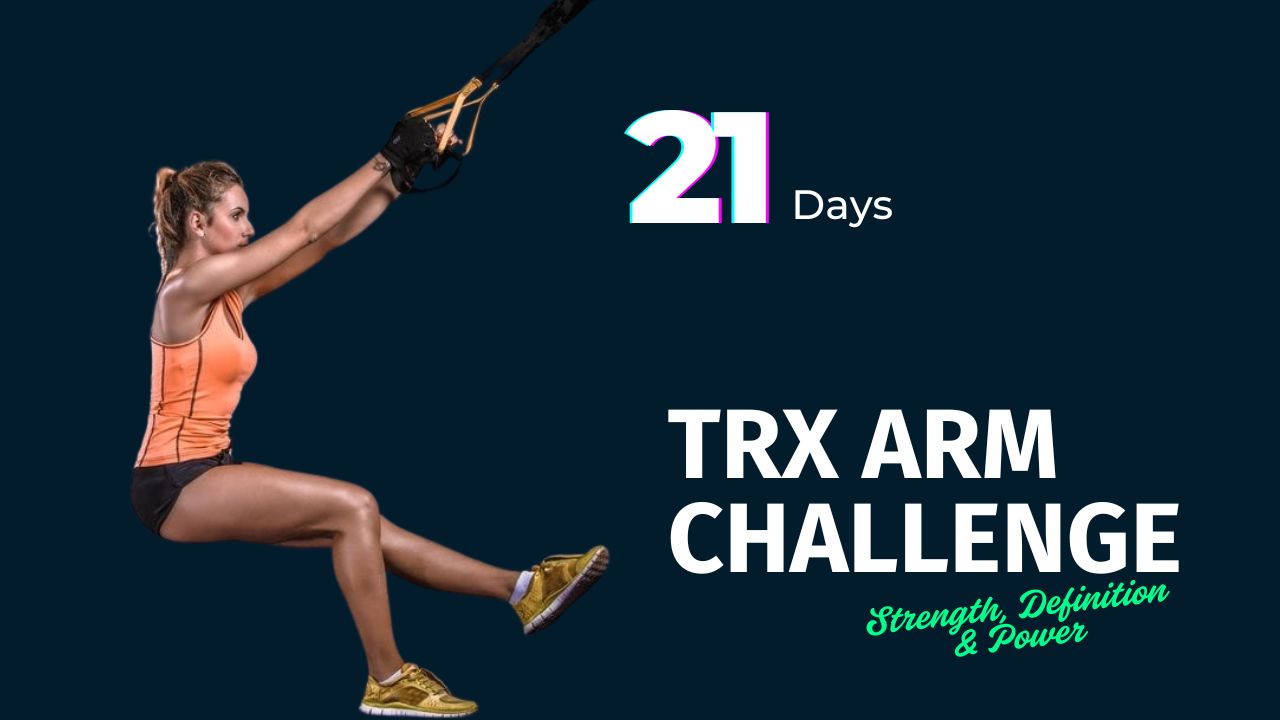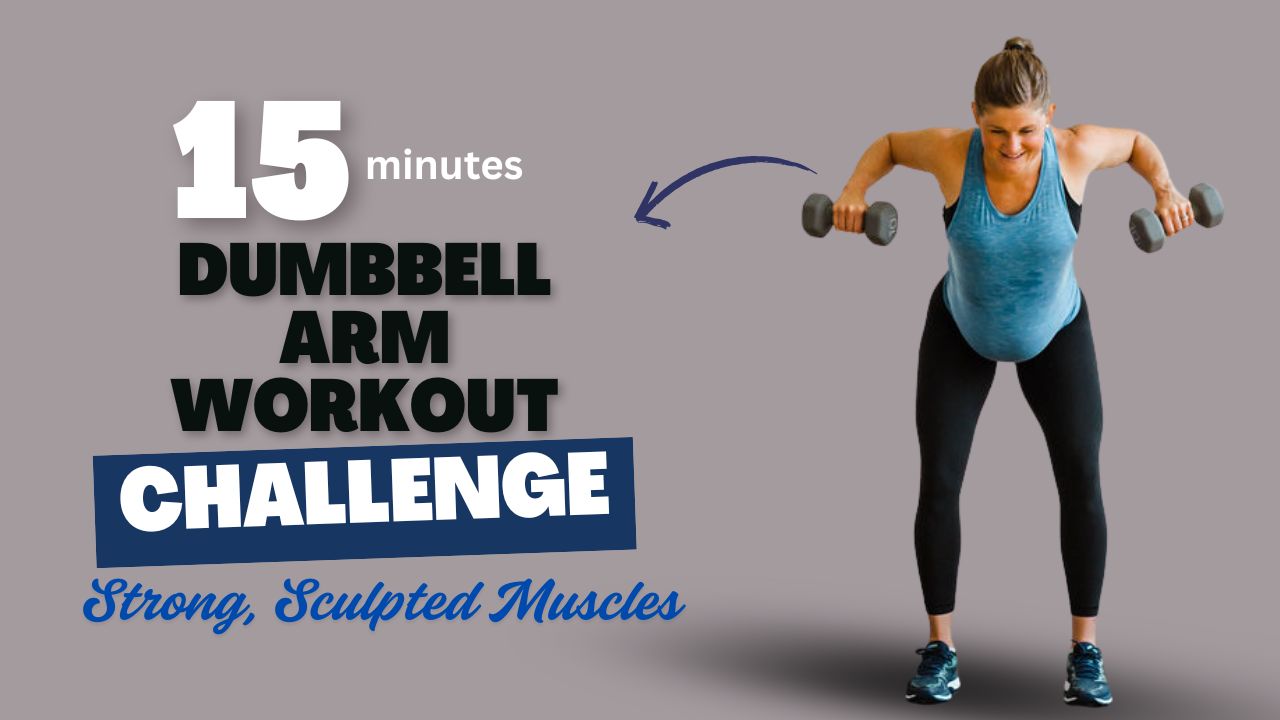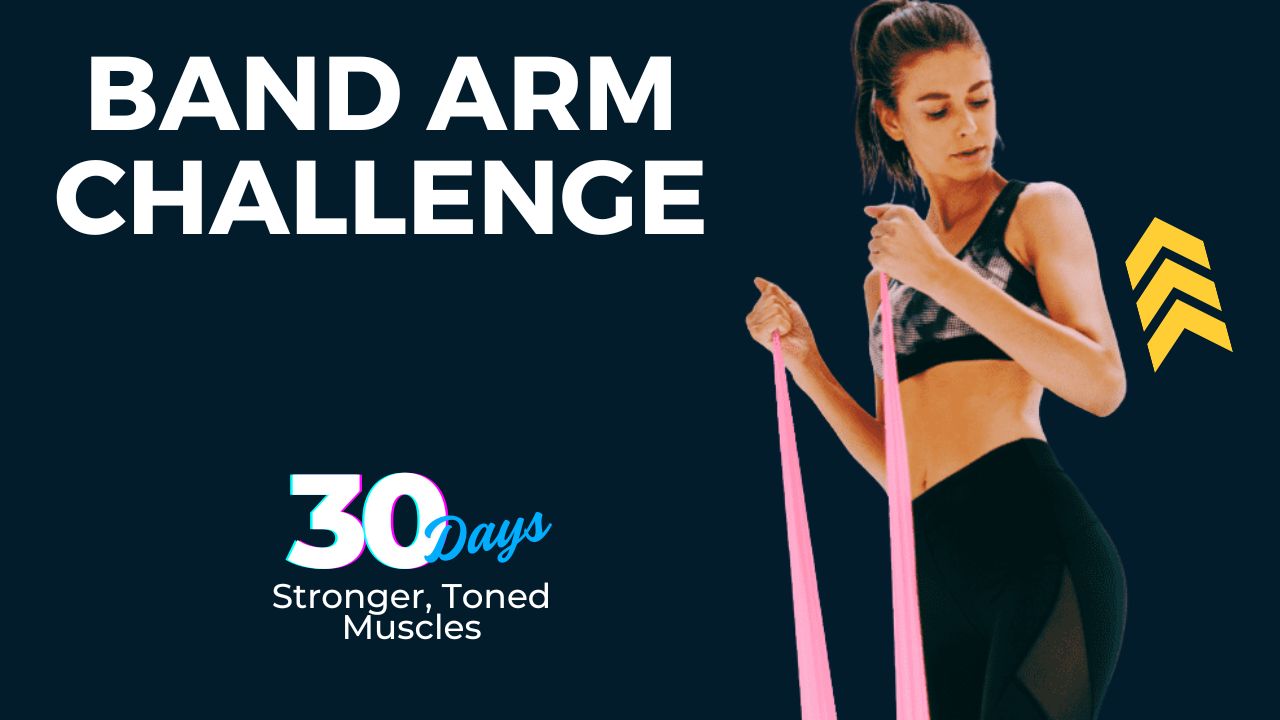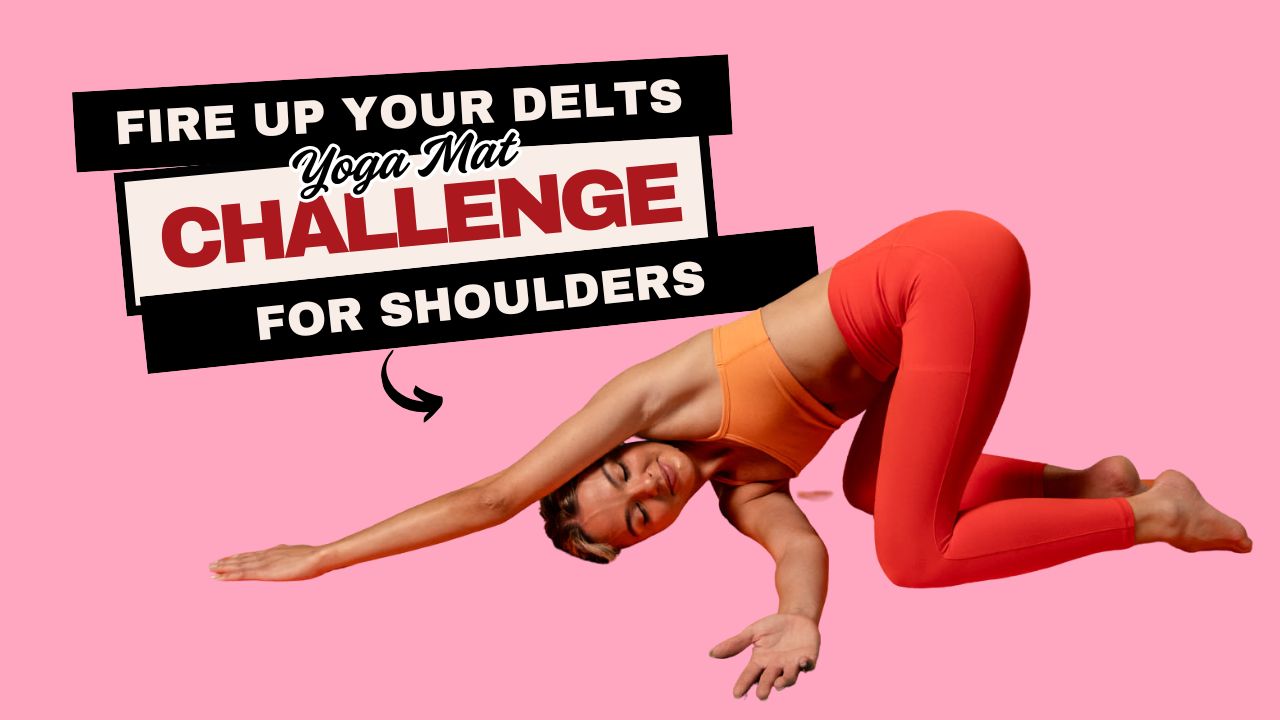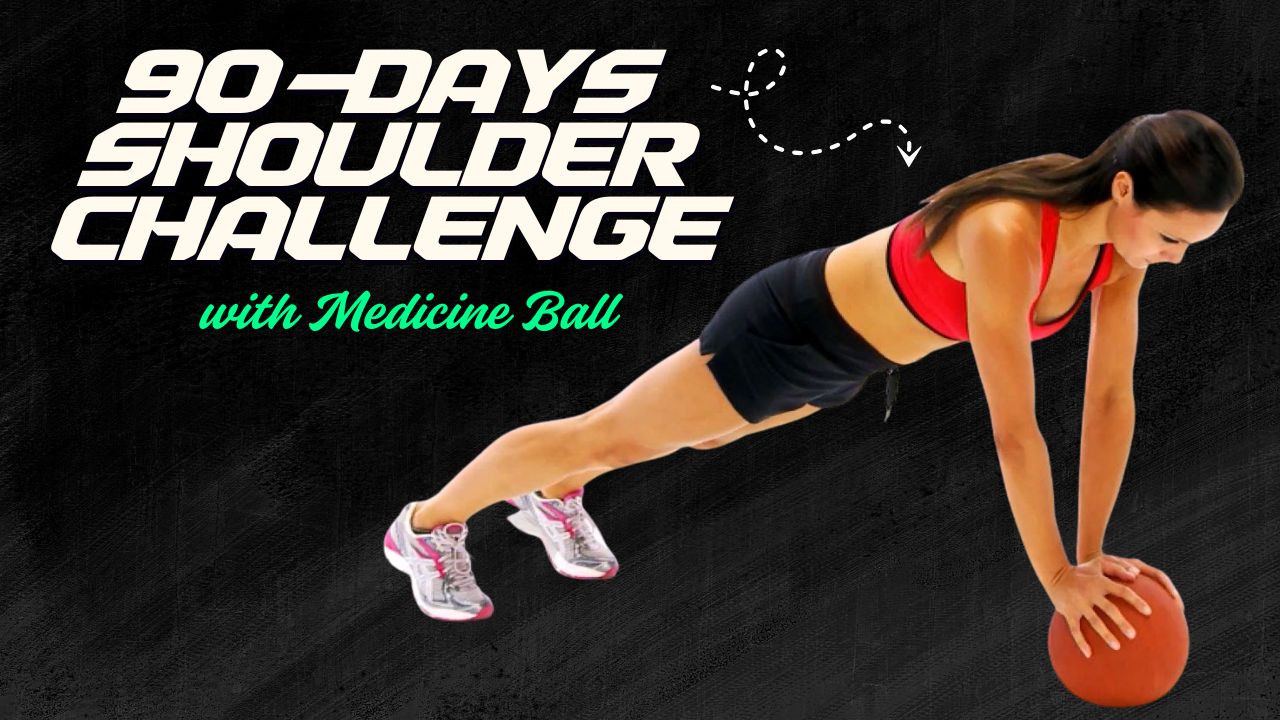Most people think arm training is all about endless curls with dumbbells or hours on cable machines. But here’s the truth: the kettlebell can unlock strength, definition, and power that traditional training often misses.
Kettlebells engage not just your biceps and triceps, but also the stabilizing muscles in your shoulders, forearms, and even your core — giving you more functional, all-around strength.
This workout isn’t just about building size; it’s about training your arms to perform better in real-life movements while looking lean and sculpted.
Did you know? The kettlebell’s off-center weight forces your muscles to work harder than a balanced dumbbell, making even lighter weights feel challenging — and more effective for strength and endurance.
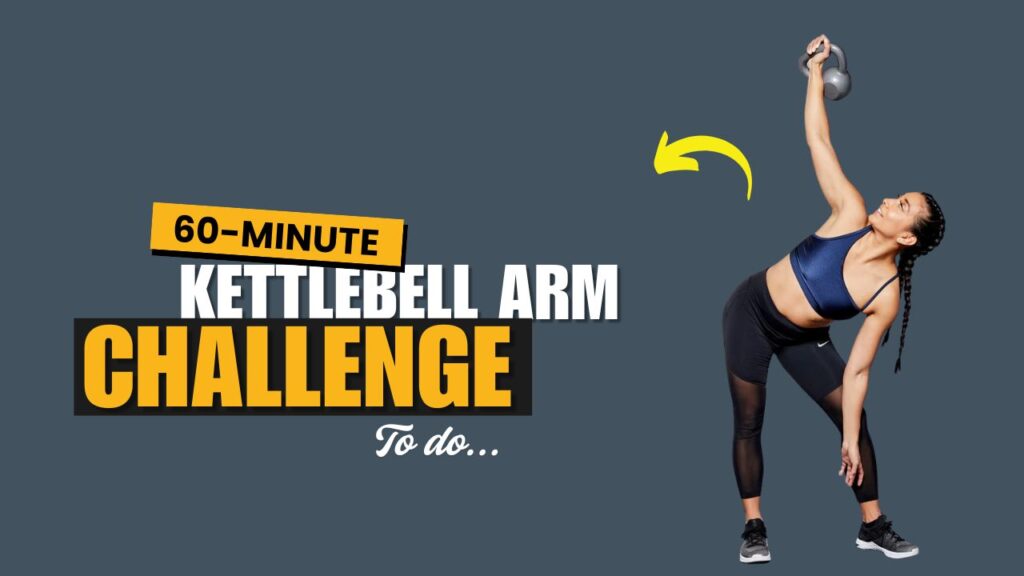
Table of Contents
Benefits of a Kettlebell Arm Workout
Before we dive into the moves, here’s why kettlebells should be your go-to tool for arm training:
- Total-arm engagement: Targets biceps, triceps, shoulders, and forearms in every lift.
- Functional carryover: Improves grip strength, coordination, and stability for sports and daily tasks.
- Joint-friendly: Encourages natural movement patterns, reducing stress on elbows and wrists.
- Metabolic boost: Many exercises work multiple muscles, increasing calorie burn while building definition.
What to Expect After 30 Days of This Workout
| Positive Changes | Possible Challenges |
|---|---|
| Noticeable improvement in arm muscle tone and definition. | Mild muscle soreness as your body adapts to the routine. |
| Increased strength in biceps, triceps, and shoulders. | Potential plateau if weight or reps aren’t increased progressively. |
| Better grip strength for daily activities and sports. | Need for more recovery time if rest days are skipped. |
| Enhanced endurance and ability to lift heavier kettlebells. | Risk of overtraining if performed more than recommended. |
| Improved coordination and stability during lifts. | Form fatigue if exercises are rushed or performed without focus. |
| Boosted confidence in appearance and performance. | Need to reassess nutrition to match training intensity. |
Do’s & Don’ts for a Safe and Effective Kettlebell Arm Workout
| Do’s | Don’ts |
|---|---|
| Warm up for at least 5–7 minutes before starting to prepare muscles and joints. | Jump straight into heavy lifts without warming up. |
| Choose a kettlebell weight that challenges you but allows proper form. | Use a weight that’s too heavy and compromises technique. |
| Keep your core engaged throughout each movement for stability. | Let your back arch or your shoulders slump during lifts. |
| Move through exercises with controlled, smooth motions. | Swing or jerk the kettlebell without control. |
| Maintain a neutral wrist position to avoid strain. | Bend wrists backward during curls or presses. |
| Rest for the recommended time between sets for optimal performance. | Skip rest entirely, leading to poor form and fatigue. |
| Progress gradually by increasing weight or sets over time. | Increase intensity too quickly, risking injury. |
| Finish with stretches to promote recovery and flexibility. | End the workout abruptly without cooling down. |
The 60-Minute Kettlebell Arm Workout Plan
This workout consists of 8 powerful kettlebell exercises for the arms, arranged to maximize strength, endurance, and definition.
You’ll perform each exercise for the recommended sets and reps, resting as advised.
Let’s break them down one by one.
1. Kettlebell Bicep Curl
Description: A direct hit to the biceps, the kettlebell curl works the front of your arms while challenging grip strength.
How to:
- Stand tall with feet shoulder-width apart, holding a kettlebell in each hand with palms facing forward.
- Keep elbows tucked close to your sides.
- Slowly curl the kettlebells toward your shoulders, squeezing your biceps at the top.
- Lower under control without swinging your arms.
Tip: Avoid letting your wrists bend backward — keep them neutral for better muscle engagement.
2. Kettlebell Hammer Curl
Description: This variation shifts the emphasis to the brachialis and forearms, adding thickness to the arms.
How to:
- Hold the kettlebells with a neutral grip (palms facing each other).
- With elbows close to your torso, curl the kettlebells upward.
- Pause briefly at the top, then lower slowly.
Interesting Fact: Hammer curls recruit more forearm muscles, which is crucial for improving your pulling strength in sports and weightlifting.
3. Kettlebell Overhead Press
Description: Strengthens the shoulders, triceps, and upper chest while improving overhead stability.
How to:
- Hold the kettlebell at shoulder height in each hand (rack position).
- Brace your core and press the kettlebells overhead until your arms are fully extended.
- Lower them slowly to the starting position.
Myth Buster: Many believe overhead pressing only targets shoulders, but it’s also an excellent way to develop triceps strength.
4. Kettlebell Triceps Extension
Description: Isolates the triceps for improved arm shape and pushing strength.
How to:
- Hold one kettlebell by the horns and lift it overhead.
- Keep elbows close to your head and bend them to lower the kettlebell behind your head.
- Press back up to full extension.
Tip: Keep your elbows fixed — only your forearms should move.
5. Kettlebell Upright Row
Description: Targets the traps, shoulders, and biceps for complete upper-arm engagement.
How to:
- Stand with feet shoulder-width apart, holding a kettlebell in front of you with both hands.
- Pull the kettlebell straight up toward your chin, keeping elbows higher than wrists.
- Lower under control.
Did you know? Upright rows can also improve posture by strengthening upper back muscles.
6. Kettlebell Zottman Curl
Description: A hybrid move that works the biceps during the lift and the forearms during the lowering phase.
How to:
- Curl the kettlebell up with palms facing upward.
- At the top, rotate wrists so palms face downward.
- Lower slowly to the starting position.
Tip: Use lighter kettlebells for better control and reduced wrist strain.
7. Kettlebell Close-Grip Push Press
Description: A power move that blends strength and explosive drive for arms and shoulders.
How to:
- Hold the kettlebells close together at shoulder height.
- Dip slightly at the knees, then press the kettlebells overhead using both arm and leg drive.
- Lower back to starting position.
Interesting Fact: Push presses allow you to handle heavier loads than strict presses, boosting strength gains faster.
8. Kettlebell Floor Press
Description: A chest-dominant move that heavily involves the triceps and shoulders.
How to:
- Lie flat on your back with a kettlebell in each hand, arms extended above chest.
- Lower the kettlebells until upper arms touch the floor.
- Press back up to the starting position.
Tip: This floor variation limits shoulder strain compared to bench pressing.
Structuring Your 60-Minute Arm Challenge
Here’s how you can put it all together for a balanced, strength-focused routine.
Workout Structure
- Warm-Up: 5–7 minutes of light cardio and dynamic arm stretches.
- Main Workout: 8 exercises, performed in sequence with rest between sets.
- Finisher: 2 minutes of kettlebell curls + triceps extensions for max burn.
- Cool Down: 5 minutes of light stretching.
60-Minute Kettlebell Arm Workout Table
| Exercise | Sets | Reps | Rest |
|---|---|---|---|
| Kettlebell Bicep Curl | 3 | 12–15 | 60 sec |
| Kettlebell Hammer Curl | 3 | 10–12 | 60 sec |
| Kettlebell Overhead Press | 4 | 8–10 | 75 sec |
| Kettlebell Triceps Extension | 3 | 12–15 | 60 sec |
| Kettlebell Upright Row | 3 | 10–12 | 60 sec |
| Kettlebell Zottman Curl | 3 | 12 | 60 sec |
| Kettlebell Close-Grip Push Press | 4 | 8–10 | 75 sec |
| Kettlebell Floor Press | 3 | 10–12 | 60 sec |
Pro Tips for Better Results
- Choose the right weight: Aim for a kettlebell heavy enough to challenge the last 2–3 reps without breaking form.
- Focus on form: Quality reps are more effective than simply moving the weight.
- Train consistently: Aim for 2–3 arm-focused sessions per week alongside full-body training.
- Pair with proper nutrition: For definition, maintain a lean diet rich in protein; for strength, ensure adequate calories.
Final Thoughts & Next Challenge
Kettlebells aren’t just a functional training tool — they can be your ultimate weapon for sculpted, strong arms.
By combining strength, stability, and endurance, this 60-minute workout will help you push past plateaus and achieve noticeable arm definition. Stick with it, and in just a few weeks, you’ll see and feel the difference in power, muscle tone, and grip strength.
If you want to take this a step further, turn it into a 4-week progressive challenge:
- Week 1–2: Complete this workout twice a week, focusing on mastering technique and controlling each rep.
- Week 3: Increase kettlebell weight slightly or add one extra set per exercise.
- Week 4: Cut rest times by 10–15 seconds and finish with an additional 2-minute arm finisher of kettlebell curls + triceps extensions.
By the end of the month, your arms won’t just look stronger — they’ll perform better in lifts, sports, and everyday tasks.
From here, you can either continue increasing weight for more size and strength, or switch to a kettlebell push-pull split for even more balanced upper body development.
Frequently Asked Questions (FAQs)
How heavy should my kettlebell be for this workout?
For beginners, start with a weight that allows you to complete all reps with good form but still feels challenging in the last 2–3 reps. For most women, that’s 6–10 kg; for most men, 10–16 kg.
Can I do this workout every day?
It’s best to give your arm muscles at least 48 hours to recover. Doing this workout 2–3 times a week is ideal for strength and definition without overtraining.
Will kettlebell arm workouts make my arms bulky?
Not unless you specifically train for maximum muscle mass with very heavy weights and a calorie surplus. For most, this routine will create lean, defined muscles.
Can I replace dumbbell arm workouts with kettlebell exercises?
Yes. Kettlebells often provide a greater challenge because of their offset weight, which engages more stabilizing muscles.
Do I need a pair of kettlebells for this workout?
Some exercises require two kettlebells for balance, while others can be done with just one. If you have only one kettlebell, you can alternate arms or perform single-arm variations.
Is this workout suitable for beginners?
Yes, but beginners should start with lighter weights, reduce total sets, and focus on form before adding intensity.
How soon will I see results from this workout?
With consistent training and proper nutrition, most people notice improved strength and muscle tone within 4–6 weeks.
Can I combine this with a full-body kettlebell workout?
Absolutely. You can alternate arm-focused sessions with full-body kettlebell workouts to ensure balanced muscle development.


